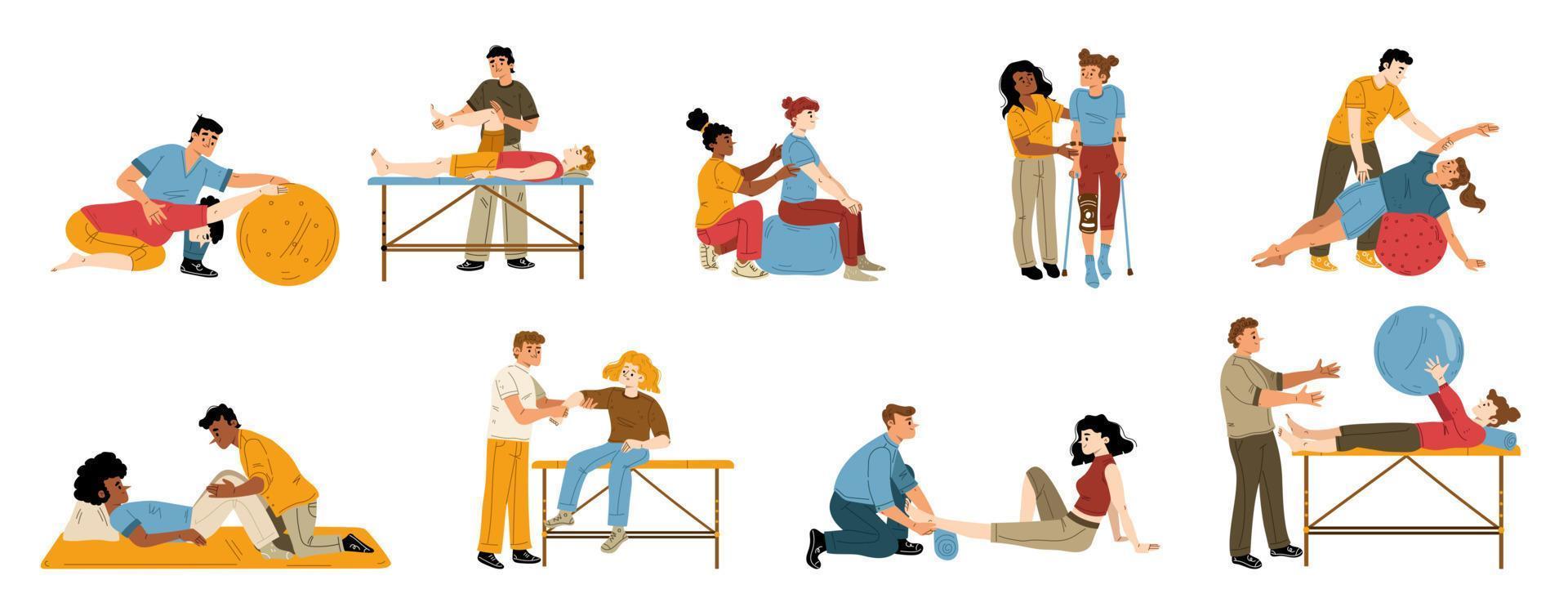Efficient Approaches to Minimize the Risk of Acute Traumas in Sports Via Focused Preventive Strategies
Efficient Approaches to Minimize the Risk of Acute Traumas in Sports Via Focused Preventive Strategies
Blog Article

Acute traumas in athletics can occur suddenly and often lead to critical issues for athletes. These injuries can vary from twists and strains to fractures and concussions. To help reduce these traumas, it is essential to implement targeted protective strategies. These strategies concentrate on awareness, proper preparation, gear use, and overall health maintenance. By tackling these important areas, athletes can considerably lower their risk of experiencing acute traumas while engaging in their favorite sports.
One effective approach to minimizing the likelihood of injuries is through education. Athletes, coaches, and guardians should be educated about the common types of injuries associated with specific sports. Understanding the dynamics of these injuries allows everyone to identify the signs and symptoms early. Informative workshops or seminars can assist teach players about proper techniques and the importance of warming up before matches or training sessions. This understanding enables athletes to take responsibility for their safety and motivates them to communicate any concerns about potential traumas.
Another important preventive strategy is adequate preparation. Players should engage in a well-rounded conditioning program that centers on building strength, flexibility, and endurance. Strength conditioning helps build the muscles that stabilize joints, lowering the likelihood of injuries. Flexibility routines, such as elongating, can enhance the range of motion and decrease the chance of muscle tears. Additionally, players should include sport-specific drills that simulate site link game scenarios, which can help them become more familiar with the actions involved in their selected sport. Coaches play a vital role in designing and executing these training programs to ensure they are safe and efficient.
The use of suitable gear is also essential in reducing acute traumas in athletics. Athletes should consistently wear the appropriate gear for their particular activity, including helmets, pads, and suitable footwear. For instance, football players need helmets to shield against head traumas, while soccer players require shin guards to shield their legs from impact. It is essential that gear is fitted correctly and is maintained regularly to ensure it provides the intended protection. Trainers and guardians should encourage players to take the effort to select and wear the right gear to minimize their risk of trauma.
In addition awareness, training, and gear, upholding overall health is crucial for trauma prevention. Athletes should prioritize proper nutrition, hydration, and rest to keep their physical condition in top condition. A nutritious diet rich in vitamins and minerals helps support muscle recovery and overall physical performance. Staying hydrated is also crucial, as dehydration can result to exhaustion and heighten the likelihood of injuries. Lastly, achieving enough rest is crucial for recovery and maintaining focus during training sessions and matches. By promoting good well-being habits, athletes can improve their performance and lower their risk of experiencing acute injuries.
In conclusion, minimizing the likelihood of acute traumas in athletics requires a comprehensive method that includes education, proper training, appropriate gear, and overall well-being maintenance. By concentrating on these specific protective strategies, players can more effectively safeguard themselves from the risks of traumas. Trainers, guardians, and players all have vital roles to fulfill in creating a safe sports environment. By working together and prioritizing safety, the enjoyment of sports can continue without the disruption of serious traumas.